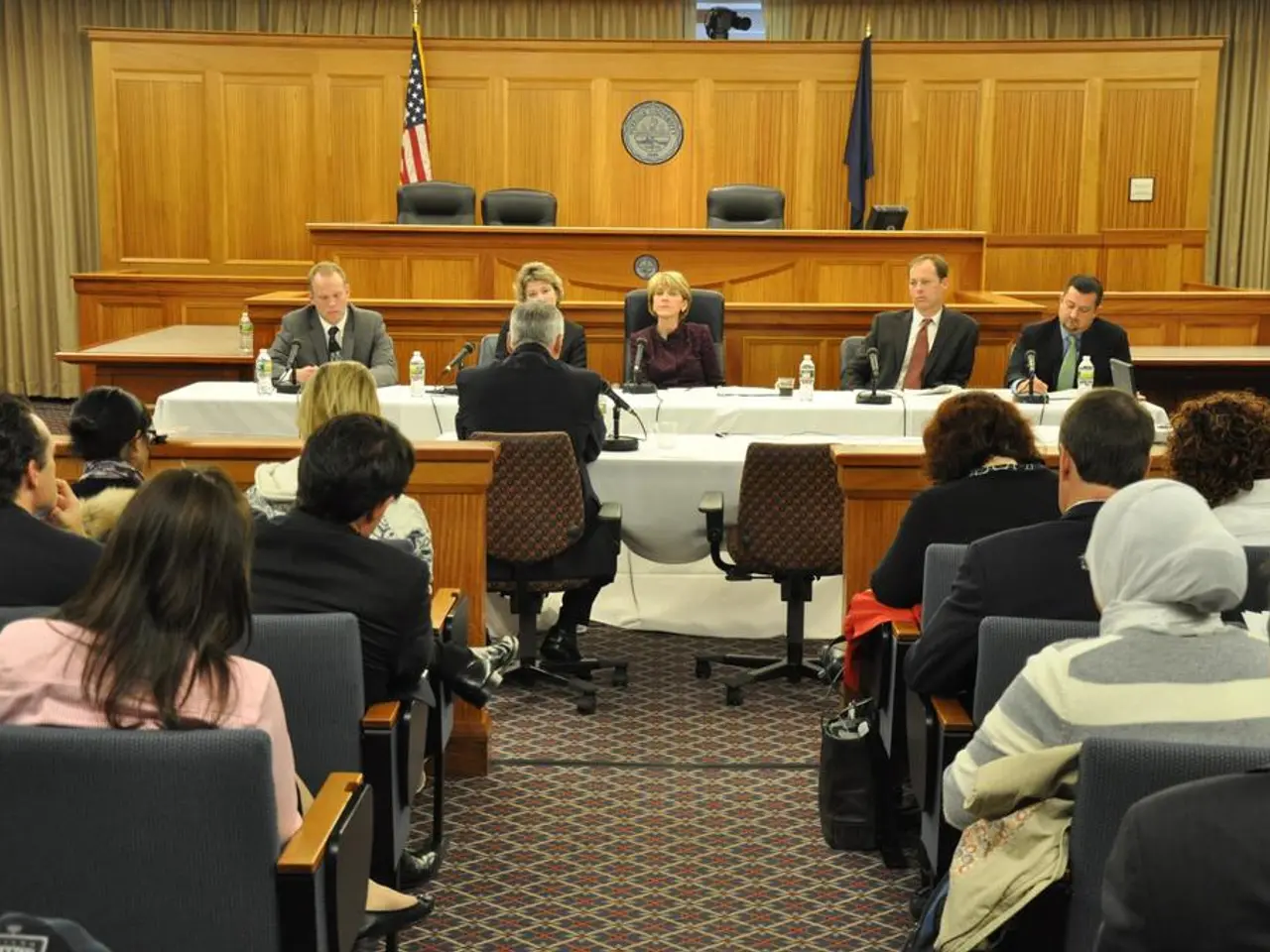Locals of New Castle County voice opposition to planned data center project
A proposed 1.2-gigawatt data center by Starwood Digital Ventures in Delaware City is generating heated discussions among residents, energy experts, and local representatives. The project, if approved, would be one of the largest industrial developments in the state, with significant implications for energy consumption, electricity rates, water usage, and local wildlife.
Potential Energy Consumption and Impact on Electricity Rates
The data center's power demand would be enormous—1.2 gigawatts of continuous electricity, roughly equivalent to the output of a large power plant. This would place tremendous strain on the local power grid, which is already at or near capacity during peak periods. If running at full capacity 24/7, the data center's annual consumption could reach approximately 8.7 million megawatt-hours, close to 77% of Delaware’s entire annual electricity use.
The increased demand from the data center is likely to contribute to higher electricity prices for consumers. Without new power generation resources, such a large load could exacerbate supply constraints, pushing rates up statewide or regionally. The data center’s impact on rates will depend in part on whether it builds its own power generation or draws solely from the public grid, which remains unclear.
Water Usage Concerns
Large hyperscale data centers require substantial amounts of water, primarily for cooling purposes. While specific water consumption estimates for this project are not publicly detailed, AI data centers are known to drive extensive water use, raising local concerns. Delaware City residents have expressed worries that the project’s water demand could strain local resources.
Impact on Local Wildlife
The facility’s large footprint—11 buildings totaling about 6 million square feet on adjacent sites just north of Delaware City—makes it one of the state’s largest industrial projects, dwarfing warehouses and retail centers. Such extensive land development likely impacts local habitats and wildlife through habitat loss, fragmentation, and increased human activity. However, detailed assessments of wildlife impacts have not been widely reported.
Job Creation and Economic Benefits
In its early proposal stage, the data center is expected to generate thousands of jobs and millions in tax revenue for the state. However, during a tense town hall, residents grilled representatives about potential energy and water use, environmental impacts, and job opportunities for local residents. The company did not promise during the town hall to commit to hiring Delaware-based union workers.
The data center, if approved, would be 6 million square feet in size and consist of 11 buildings. Starwood Digital Ventures is proposing to build the data center in Delaware City, a location attractive due to its proximity to high voltage power lines and the Red Lion substation. The project is anticipated to create more than 500 permanent jobs, thousands of construction jobs, and generate $26 million in tax revenue for the state. If approved, the data center is expected to generate over $470 million in economic impact during the first five years of operation.
Concerns and Criticism
Several residents expressed concerns about the impact of the project on local wildlife, such as bird and bat populations. Democratic state Rep. Melissa Minor-Brown called on the county council to reject the proposal, citing unanswered questions about the project's potential impact on energy and water bills. Democratic state Rep. Eric Morrison expressed dissatisfaction with the company's sales pitch and called the town hall a "dog and pony show."
Resident Ike Brown expressed concern about the impact on health and quality of life, citing nearby mega buildings, a refinery, traffic, and noise from airplanes and helicopters.
The Role of Data Centers
Data centers play a vital role in ensuring access to the internet cheaply and fairly for everyone. They house the computer servers required to run internet services worldwide and have been around since the mid-20th century. However, the acceleration of power-hungry artificial intelligence has boosted demand for data centers, straining the power grid and leading to increased electricity rates for consumers.
Despite the concerns, the proposed data center in Delaware City is not unique. Data centers in the U.S. currently amount to less than 5% of annual electricity use, but are projected to consume 6.7 to 12% of total U.S. electricity by 2028. The data center's location in Delaware City is attractive due to its proximity to high voltage power lines and the Red Lion substation. Starwood Digital Ventures has delivered more than 6 gigawatts of data centers globally and is developing similar projects in various locations.
In conclusion, the data center would dramatically increase energy consumption and intensify pressure on Delaware’s electric grid, with likely consequences for electricity rates. It would also demand significant water resources and pose risks to local wildlife due to its scale and land use changes. These factors have led to concerns from residents and energy experts calling for careful review before approval.
[1] Source: Delaware Online [2] Source: PJM Interconnection [3] Source: The News Journal [4] Source: Delaware Public Media [5] Source: Delaware Department of Natural Resources and Environmental Control
- The proposed data center by Starwood Digital Ventures in Delaware City, with its significant power demand and water usage, has sparked concerns about its potential impact on electricity rates and local water resources.
- Given the enormous energy consumption and environmental footprint of the data center, experts and residents are advocating for careful review to ensure minimal disruption to the local wildlife, water supply, and community well-being.




